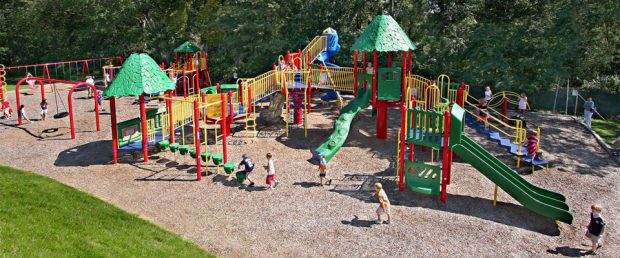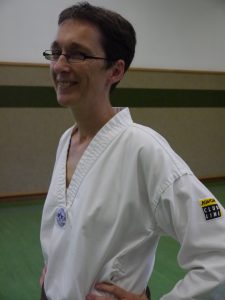“Technology is us” (Roblyer, 2012) – this is a definition I find provoking, yet also inspiring. Technology is not just a tool separate from me, where I can decide to use I or not. Instead, technology is an inherent part of my acting as a teacher.
I agree that there is no inherent value in technology itself. Instead, the value of technology lays in enhancing teaching (Lapowski, 2015). The AECT definition on educational technology confirms that technology is not just a tool, but “practice”: “Educational technology is the study and ethical practice of facilitating learning and improving performance by creating, using, and managing appropriate technological processes and resources” (Hlynka, 2009).
We are teachers, thus we are designers of learning experiences. In this role, we design learning opportunities that facilitate student learning. From a constructivist point of view, we have to construct learning spaces that allow students to construct new knowledge. So a double constructivism here!
For me, design of learning spaces is like designing a playground: A playground offers a lot of opportunities of running, climbing, playing, sitting … the kid can choose which tool they want to play with and with whom, they know best which tool is challenging for them and which tool would be boring. The idea came to me when looking out of my window – there is a new and wonderful playground there, and I found it quite fascinating to think about learning opportunities in comparison to this playground.
Technology-enhanced learning spaces should be like that – rich, motivating, challenging, engaging, colorful, social, collaborative, adaptive – and fun.
P.S. The idea of “digital playground” has been also expressed by others, e.g. (Chen, 2012) wrote that it is possible to “create a playground with digital technology beneficial for learning”. So it is not solely my idea J
Who else thought about learning opportunities as “playgrounds”?
Image: Learning spaces should be like playgrounds:
http://www.creativerec.com/our-products/playground-equipment/
References:
Chen, G.W., Chuang, C.-K., Liu, T.-C. When a Classroom Is Not Just a Classroom: Building Digital Playgrounds in the Classroom. Turkish Online Journal of Educational Technology – TOJET, v11 n1 p202-211 Jan 2012
Hlynka, D. & Jacobsen, M. (2009). What is educational technology, anyway? A commentary on the new AECT definition of the field. Canadian Journal of Learning and Technology 35(2). https://www.cjlt.ca/index.php/cjlt/article/view/26395/19577
Lapowski, I. (2015). Inside the School Silicon Valley Thinks Will Save Education. https://www.wired.com/2015/05/altschool/
Roblyer, M.D. & Doering, A. (2012). Integrating educational technology into teaching, (5th Ed.). Upper Saddle River, New Jersey: Prentice Hall.

